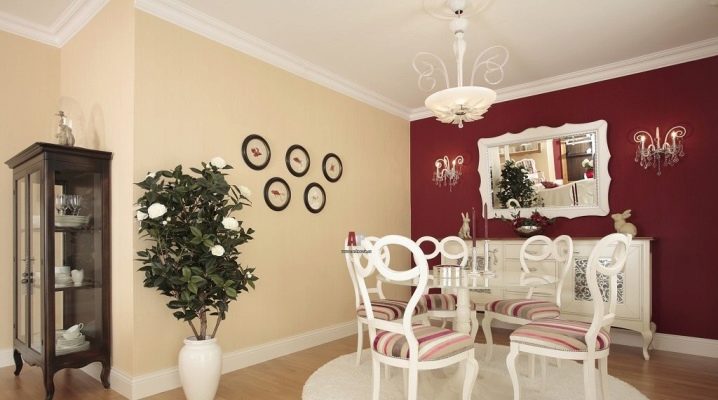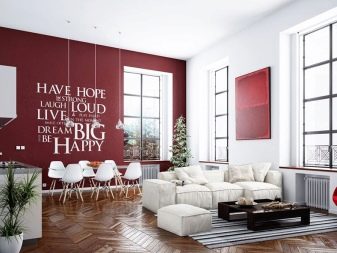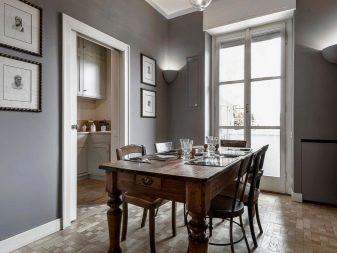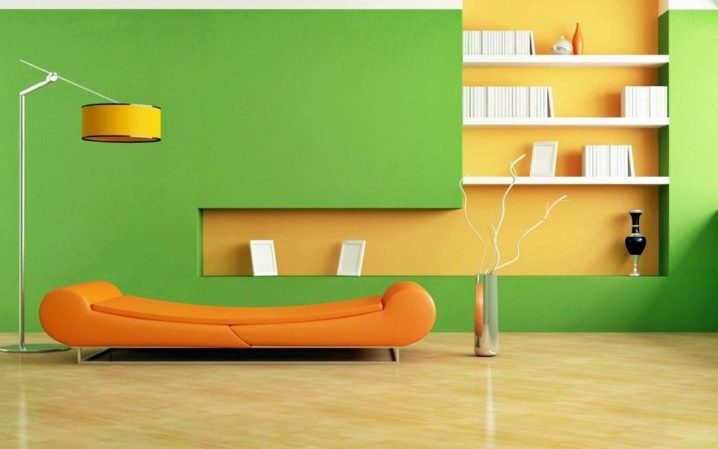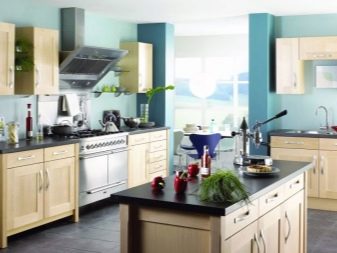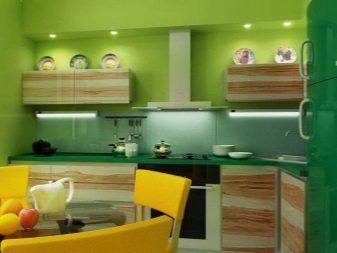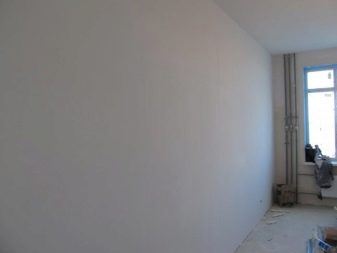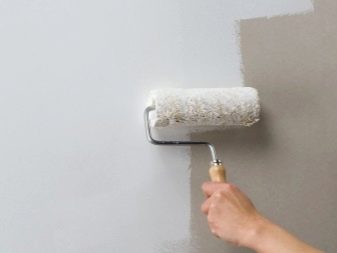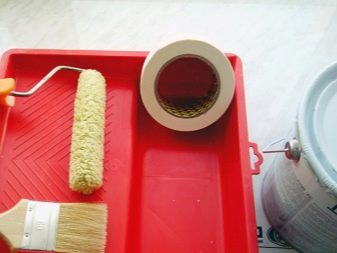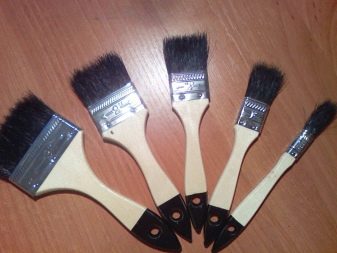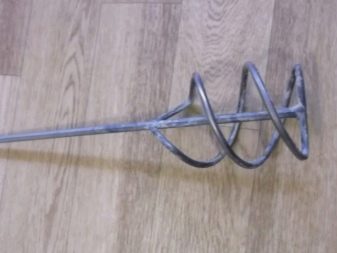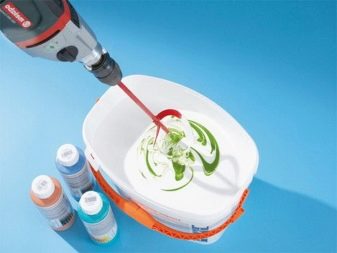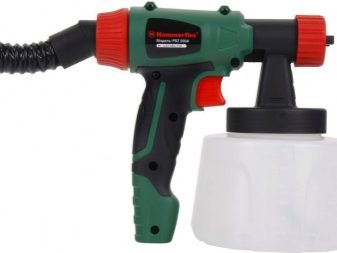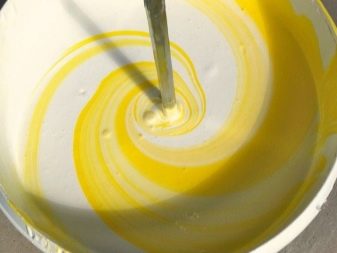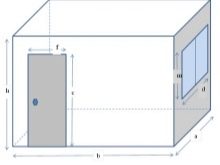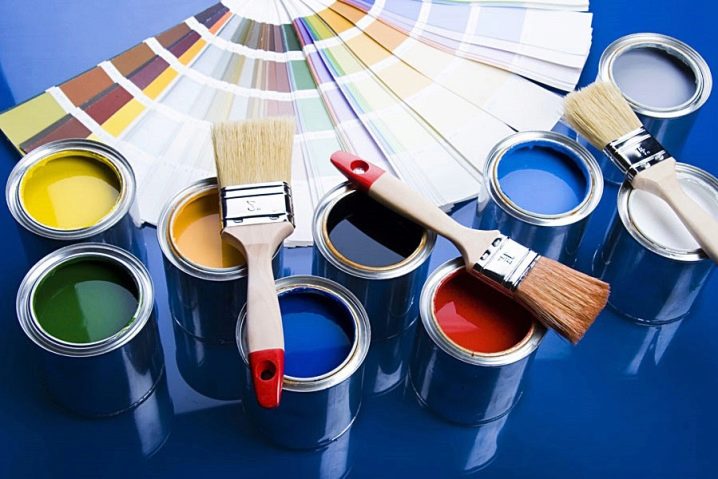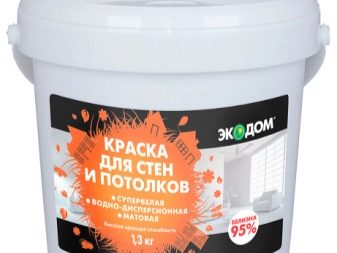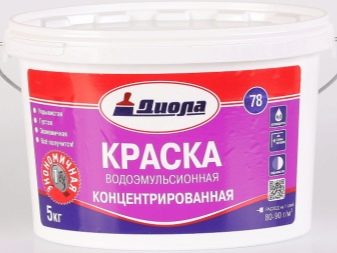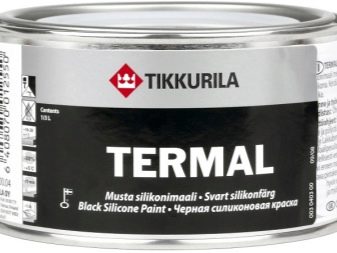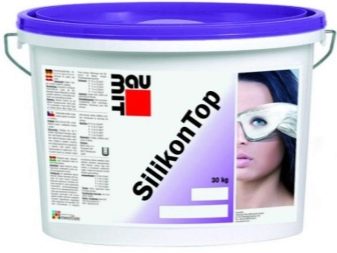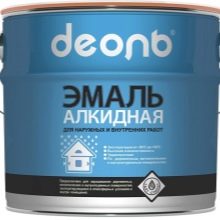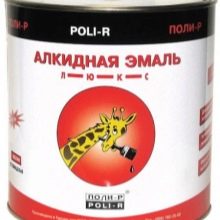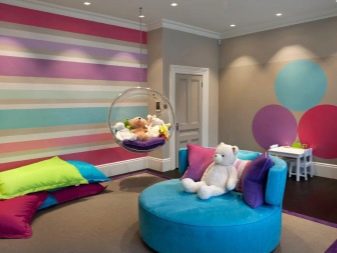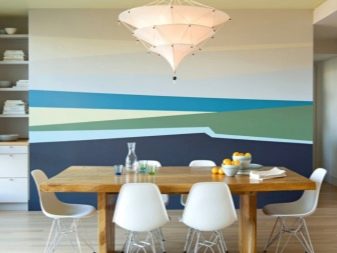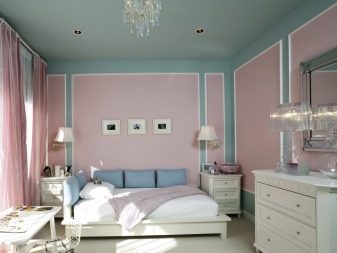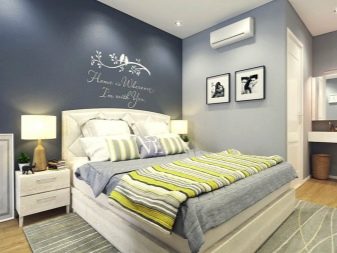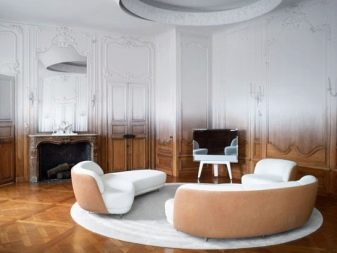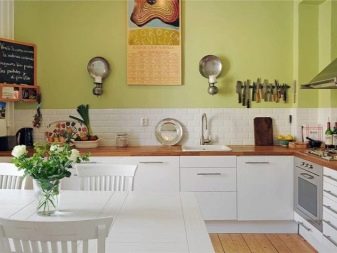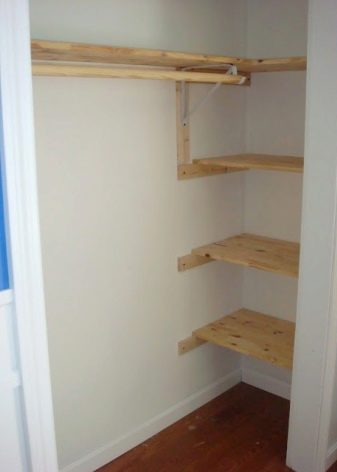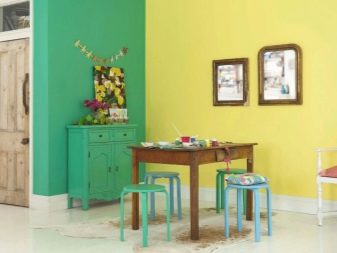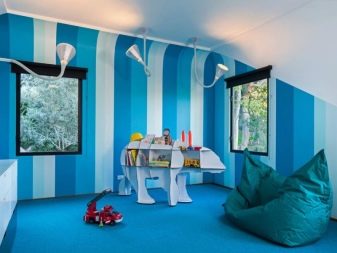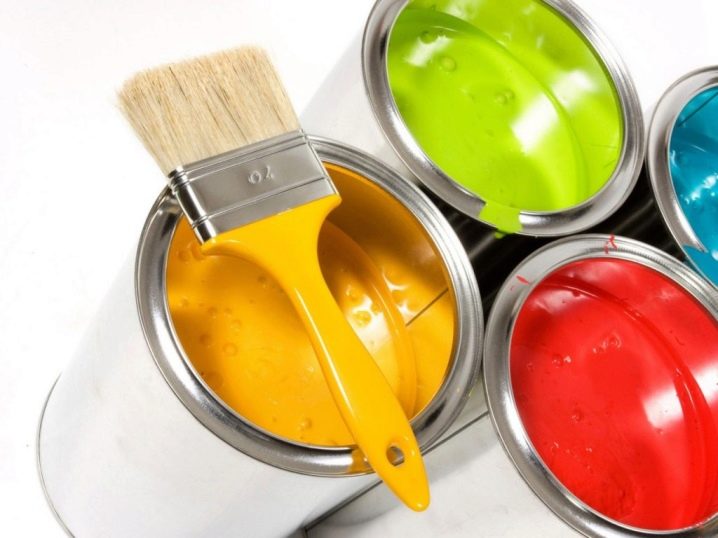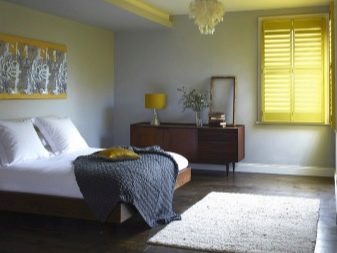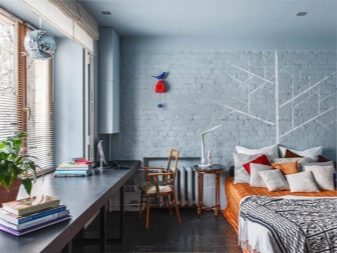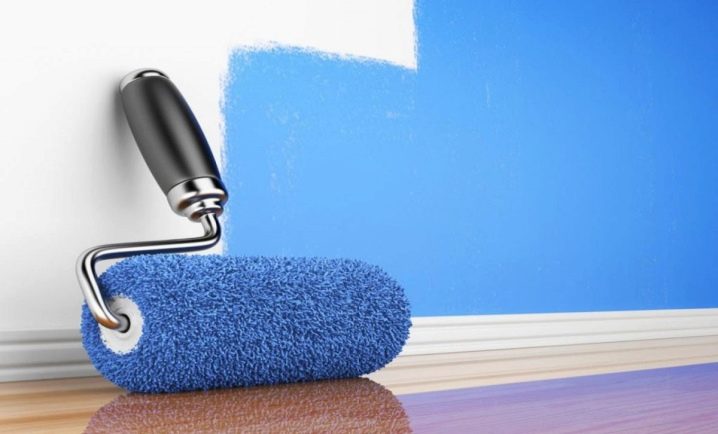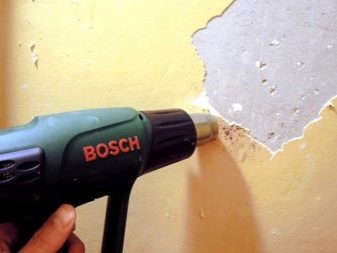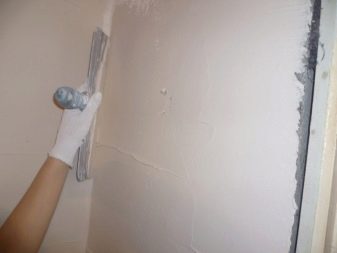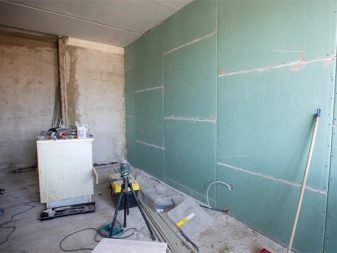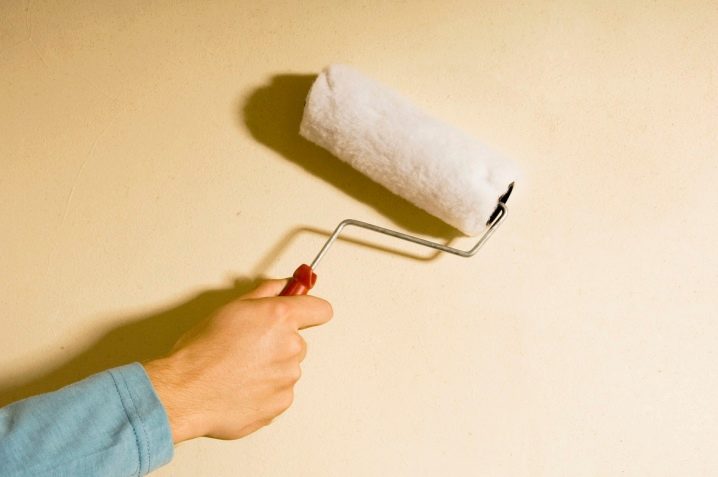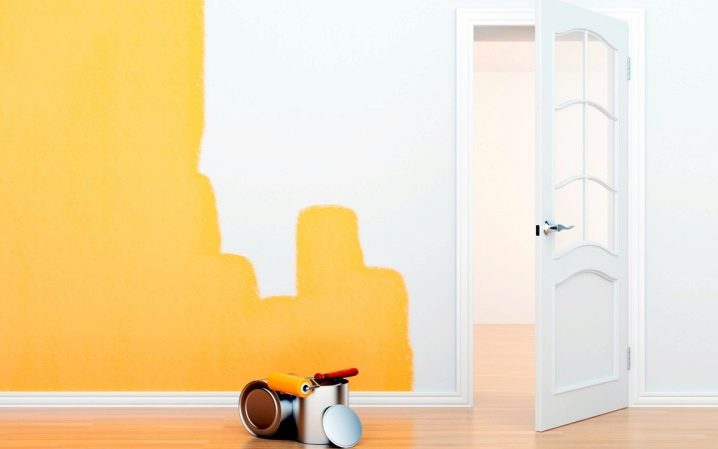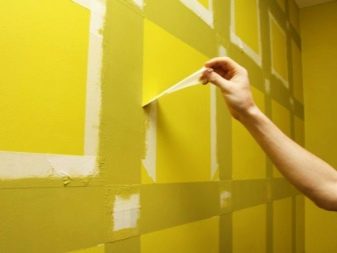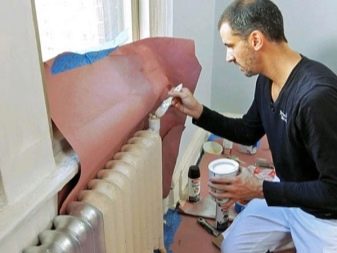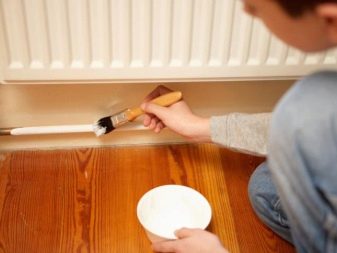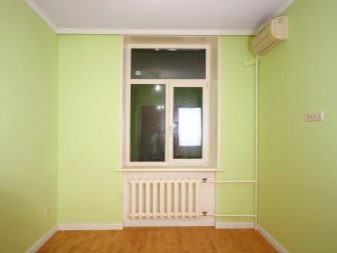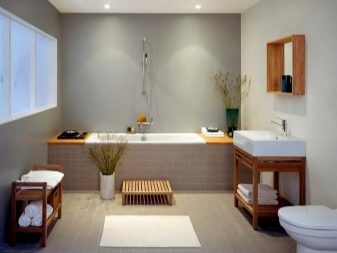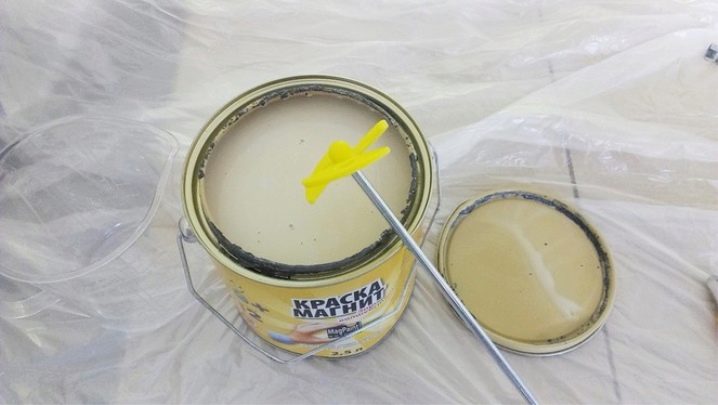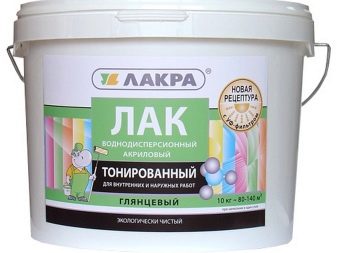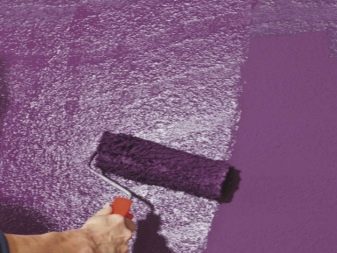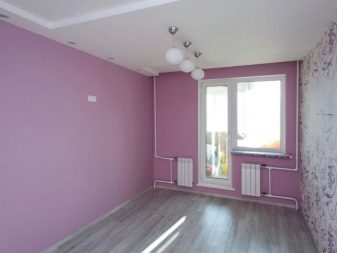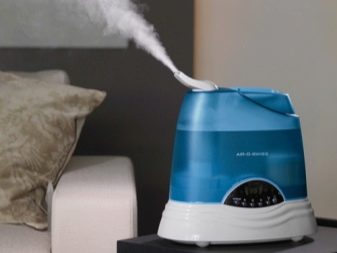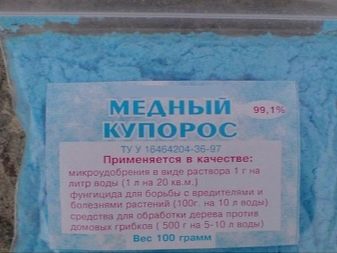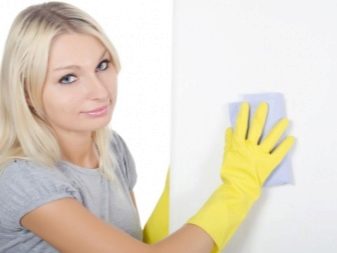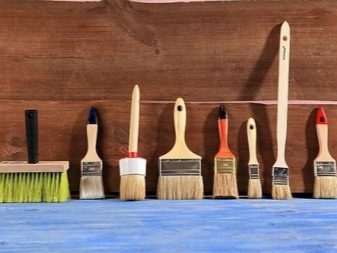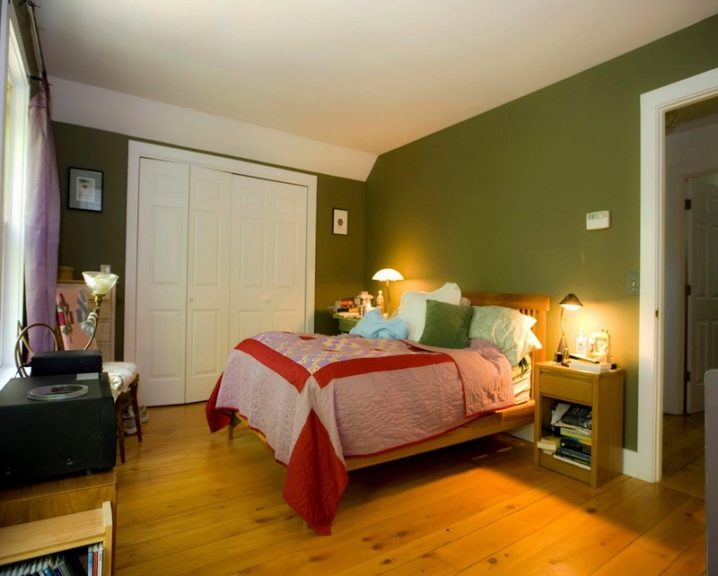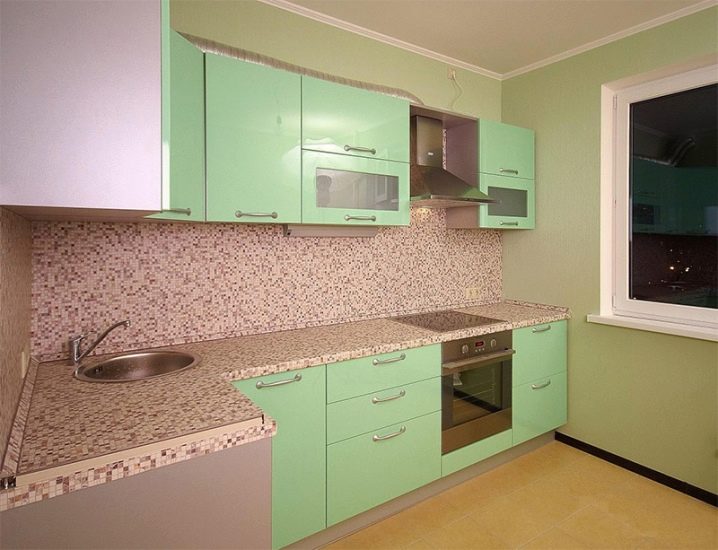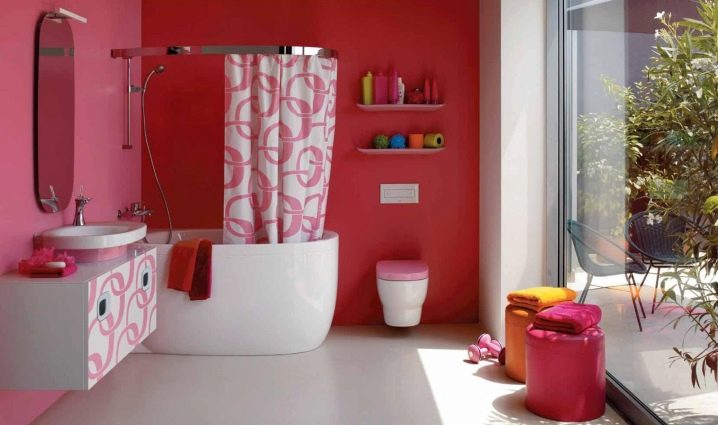The subtleties of painting the walls in the apartment do it yourself
The dream of every good owner is to bring your own apartment to an ideal state. At the same time, high-quality modern renovation, striking the imagination with the design features and the use of the latest technologies, the average citizen will probably not afford. In this situation, the owners are looking for inexpensive solutions, using the cheapest consumables, or even refusing to pay the wizard, preferring to perform repairs on their own.
For a long time staining remains the most economical type of wall repair, but if previously such an outlet was considered far from being the best, today a wide selection of paints, as well as a competent approach to the organization of the process, make it possible to achieve a decent result for little money.
Special features
Painting the walls in the apartment is popular among the owners, largely because they are able to perform such a procedure personally.It does not require any special knowledge or skills - it is enough to have at least minimal experience with a brush (this should remain from the time of school) and follow the exact procedure in order for the result to be aesthetically attractive and durable.
If paint is rarely used for wall decoration in residential premises, it is still highly relevant in household premises. Properly chosen dyes are much better able to withstand the effects of water, high temperatures and steam than even good wallpaper would have done, while the painted surface was washed no worse than tile, and it was much cheaper. If you need to repaint the walls for the purpose of redecorating or updating the design, it is also quite simple - the procedure will take a maximum of a couple of days and, again, will not require outside help.
In general, painting walls is considered one of the cheapest solutions., you need to take into account a number of possible additional costs. First of all, everything depends on the readiness of the walls, because they must be smooth and clean, otherwise they will have to be smoothed out and cleaned of any contamination, which can lead to an increase in costs even several times.In addition, for better adhesion of paint to the wall, it is desirable to use soil mixtures, ideally - in several layers, which also increases the cost of the project.
A separate item of costs - the purchase of painting tools, if any, of course, can not be found free of charge. First of all, you will need brushes, ideally - two: wide for painting large spaces and thin - for drawing small parts and coloring of hard-to-reach places. If the latter are not so many, but the level surface of the walls is large enough, it makes sense to purchase a paint roller, which will significantly speed up the process. It still needs to be chosen correctly depending on the type of wall surface: foam for smooth surfaces, and fur for rough surfaces. When you buy a roller, you will definitely need a paint ditch - a special container with a raised bottom, which allows the painting surface of the instrument to be fully saturated with paint. If you need to provide a clear contour that separates the surfaces of one color from the surfaces of another color, you can’t do without a special plastic spatula or painting tape.
Finally, for high-quality mixing of the coloring mixture (especially if different colors were mixed), a special nozzle-mixer for the electric drill is purchased.
This toolkit is typical, but not mandatory and not exhaustive. To simplify the coloring can be used spray gun or even aerosol spray type, allowing to replace the brushes and rollers. With a small floor space and the use of paint without mixing shades, in some cases, they refuse to use a drill with a mixer, replacing it with any kind of tool like a stick.
If we talk about the amount of paint needed to paint the walls in the house, then it must be carefully calculated in advance, because if there is a sudden shortage of material, work will have to be interrupted, and it’s good if the wall pieces painted with the additional mass will not differ in shade. Similar calculations are performed using a fairly simple formula, according to which you need to calculate the area of all walls that are planned for painting. For this, the height of each wall is multiplied by its width, and if there are several such walls, the areas of all the walls are added together.Although this area often includes window and door openings, they should not be subtracted - this will ensure that there is enough paint. Manufacturers in the instructions on the banks usually indicate the typical consumption of their products per square meter - it is enough to multiply this figure by the area of their walls, as well as add 15% for insurance to get the amount of paint needed for painting in one layer. If multi-layer painting is planned, the required volume of material is multiplied by the number of layers.
Types of paint
For the result to be of high quality and durable, it is necessary to choose the right type of paint. To date, there are several types of dyes for repair, each of which has advantages and disadvantages. All of them need to be considered in the selection process.
Water emulsion paint
Water-based paints are well suited for painting rooms with medium humidity, so they can be used for painting walls and interior doors in the residential part of the apartment. Such a substance adheres perfectly to most types of surfaces and “breathes”, letting in water vapor, and, accordingly, interfering with the development of the fungus.This type can not buy the desired color - the consumer can independently add to the colorless mass the necessary dyes to get the desired shade with perfect accuracy, and most importantly, all this is quite inexpensive. Another thing is that the water emulsion is not suitable for such rooms with high humidity, like a kitchen or a bathroom, and it also does not hide the irregularities of the wall, therefore it requires perfect surface preparation.
The choice in favor of this type of dye should not be made in the repair in the nursery, as it is unstable to mechanical damage.
Water dispersion paint
Silicone-based water dispersion paints are compatible with all types of surfaces and are undemanding to thorough wall preparation - the film formed during the drying process can hide flaws and cracks up to 2 mm in size. The painted surface is able to withstand almost any test - it does not exfoliate from moisture, does not crack or crumble from impacts, does not fade from sunlight. Silicone dyes can be used in any type of premises, but the only drawback to scare off a potential buyer is quite high cost.
Acrylic paint
Acrylic paint can be relatively inexpensively replaced with silicone, but some advantages will be less - in particular, the shortcomings of the wall should no longer exceed 1 mm. Paint consumption is also likely to increase slightly - it has a slightly lower hiding power, so you will have to paint in several layers. Its type is also textured decorative paint, which, drying, forms a surface with a certain texture - its advantages and disadvantages are completely analogous to ordinary acrylic composition.
Alkyd paint
Alkyd paints include mixtures of varnish or varnish, respectively, are called oil or enamel, but the characteristics are very similar. They are purchased most often for a very low cost, so they are suitable for those who save as much as possible. At the same time, alkyd dyes are quite resistant to high humidity and temperature, as well as to fading on sunlight, and they are also able to add aesthetics to repair, thanks to the possibility of choosing glossy or matte reflux. However, a solvent with a very pungent odor is used to thin such paints.which does not erode at all quickly, therefore this solution is somehow appropriate in the bathroom, but is hardly suitable for living rooms, in particular, for a nursery. In addition, the wall, painted with alkyd paints, after a certain period of time loses the brightness of the tone, and then may begin to peel.
Design
The preconceived notion of paint as a boring material for wall finishing occurs because earlier when choosing this solution, walls were painted entirely, whereas modern ideas consist in combining different elements of decoration.
This applies not only to colors, but also to different textures - such a combination almost always looks original and interesting, allowing you to select an accent, visually increase or decrease the dimensions of the room.
Different aesthetic moves are used for different rooms. In the bedroom, for example, it is permissible to paint in one tone even all the walls, since here the emphasis can be moved, say, to window textiles. At the same time, it is in the living room that one must choose paints with some unusual effect, since there are no requirements for special endurance here.Textured dyes representing imitation of the same silk will help decorate it. The unusual practice of recent years is to paint the walls in a gradient manner, when shades smoothly change from one to another. This decor looks stylish and modern.
For the bathroom and kitchen, the priority is not the aesthetic effect, but the ability to withstand difficult conditions - for example, constant humidity, high temperatures and more abundant than in other rooms, the use of caustic detergents. In a kitchen, the accent may be a piece of the wall experiencing the maximum load - the so-called apron, which is often laid out of tile; then it is necessary to determine the colors in such a way that they are well combined and are either similar shades of the same color, or radically different.
Painting the walls is appropriate in the conditions of purely economic premises, in particular, a storeroom. Here, even the cheapest oil paint will be more practical than wallpaper, and the owners rarely come up with brilliant design ideas, choosing for this room one calm tone of colored paint and whitewashed ceilings.
The choice of color can affect the perception of the room as a whole. - small rooms are advised to "increase" by choosing a light finish of the walls, and vice versa - inappropriately bulky "reduce" dark tones. In addition, all modern designers advise to choose a particular color depending on which side of the room overlook. If they are facing south, the room is likely to experience an oversupply of sunshine and heat, and cold shades can make the situation a bit more comfortable. On the contrary, in rooms with windows facing north, there is a feeling of eternal winter and coolness, which is not always comfortable, because here it is more appropriate to use rich warm colors.
When choosing a shade obtained by mixing different colors, it is necessary to knead the entire mixture at once, otherwise the slightest deviation in the proportions can divide the room into different "zones".
In addition, you should be careful when choosing the type of paint, so as not to prove that they fade in the sun. It may turn out that soon after the repair the original idea will be broken, or, even worse, one side of the originally monochrome room will suddenly become brighter than the other.
Technology work
The technology of painting the walls in the apartment with their own hands does not contain any too complex tasks, but it consists of many stages that it is undesirable to skip in order to avoid worsening the final result.
First of all, removal of old paint or any other finish is recommended, otherwise peeling of a new coating along with pieces of the previous one, which had time to wear, is not excluded. How to remove the previous finish, depends only on what type it is. In some cases, staining on top of the old layer is possible. For example, some types of paint or special wallpaper are subject to repainting, but in this case you need to make sure that such a foundation is still firmly holding on to the wall. Regardless of whether it was decided to leave the old repair or not, the surface must be cleaned of any extraneous dirt, as they do not contribute to adhesion.
In the case when the old coating was removed, the problem of wall irregularities is likely to arise. It must be removed with the utmost care, because the paint is not the best masking material.The alignment is carried out using cement-sand mortar or putty, and in the most severe cases - drywall. Installed gypsum sheets solve a whole range of tasks at once, among which is the removal of the old coating, cleaning and leveling the walls, but such a step can significantly increase the cost of repairs and will probably reduce the room somewhat. After the wall is cleaned and leveled, it should be carefully primed. Due to this, the paint will become better connected to the surface and its consumption will decrease. The primer does not fit any - you need to choose the type that combines with the selected type of paint.
Only when the ground is completely dry, you can proceed directly to the painting.
The correct staining technique involves both horizontal and vertical strokes., because only in this way uniform tone is achieved. At the same time, paint drips are unacceptable - they will remain well visible even after drying, which is unlikely to give aesthetics repair. Dye dilution should be carefully diluted to avoid leakage. No need to add too much water or solvent.At the same time, some types of inexpensive paints are sold exclusively in white color, then they will have to be tinted by the most special color scheme - a color additive, which allows you to perfectly get the desired shade.
The staining steps must be followed in strict sequence. Today it is not customary to paint with a paint of the same color literally the entire surface of the walls, therefore, they should first be divided into sections delimited by masking tape. Coloring involves the application of only a few horizontal stripes, which are then shaded with a brush or roller that is ideally wrung out of paint. Finishing the feathering should be done from top to bottom - as excessive paint could have drained.
When using paints of different colors for figure painting, no special masking tape can be done without marking — then random “crawling out” beyond the limits of the necessary will remain on it, and not on the walls. It is necessary to peel off such masking tape only after the paint has completely dried, otherwise the contour disturbance cannot be avoided.
If there are pipes in the room that also need to be painted, it is worth starting with them.The surface of the pipes and the space behind them constitute hard-to-reach places, however, such a detail of the interior in a painted form can greatly interfere with the painting of the walls.
Inexperienced people, while painting the walls, try to neutralize the unpleasant, heavy smell of drying paint based on simple airing. You should not do this in any way, because drafts of hardening paint are contraindicated - this is fraught with uneven hardening, which will lead to deformation of the coating.
Tips and tricks
Although the procedure for painting walls does not seem complicated, There are some tips, compliance with which will contribute to improving the quality of the final result:
- Although the paint is monotonous in a can, the formation of clots during long-term storage is very likely
and they, in turn, can cause a drop in brightness, so after opening the can, the substance should be immediately stirred well.
- To increase the strength of the painted surface, you can also add a layer of lacquer on top, and in the case of decorative types of texture dye, such a step is simply necessary.
- Any paint is very demanding on the atmosphere inside the room until it finally hardens.Experts say that the temperature in the room should be in the range of 5-20 degrees above zero, and the humidity level should be close to 60%. The probability of spoiling repairs with improper conditions is so great that the professionals even use special air humidifiers.
- For the cleaning of walls from various types of contaminants, the agents tested over decades are used: 10% solution of copper sulfate from rust, 5% solution of soda from grease, antiseptics from mold and fungus. After processing the stains, the applied substance along with the dirt is washed off the wall with clean water.
- If the work could not be completed at one time and a rather long break in the dyeing process is expected, all the tools used should be thoroughly rinsed and dried. Ignoring this procedure is fraught with drying of the paint and loss of elasticity of the brush bundle or roller lint, and the lack of drying threatens with fraying and loss of the original shape of the tool.
Beautiful examples
The whole room is painted in one color - green, as an accent here is a white door in the background, although red bedding can also be considered as such.For the alignment of the walls used drywall.
The kitchen shown in the second image was repaired in a similar way. The light green color of the paint slightly expands the small space, but at the same time contrasts sharply with the apron in color and texture.
The use of paint in the bathroom is still considered by many to be a sign of inexpensive and not very refined repair, however, choosing the right type of dye and color combinations can work wonders. In this example, you can see how even the unusual red color for the bathroom fits perfectly with the whiteness of the plumbing, which is the main focus in this interior.
To learn how to paint the walls in the apartment with your own hands, see the following video.
